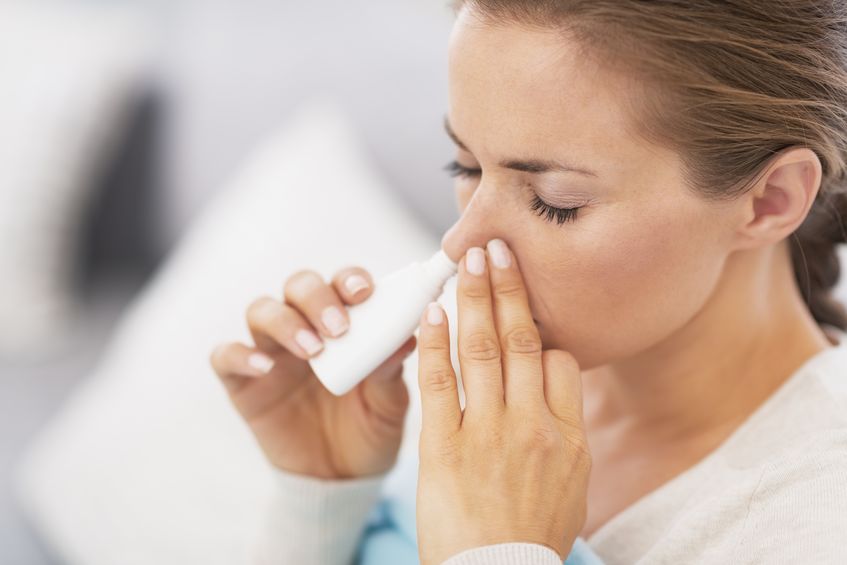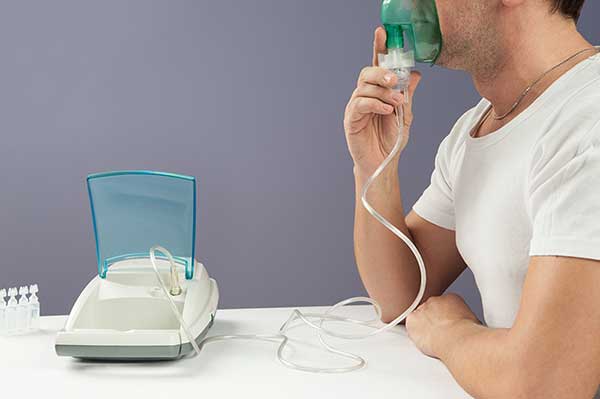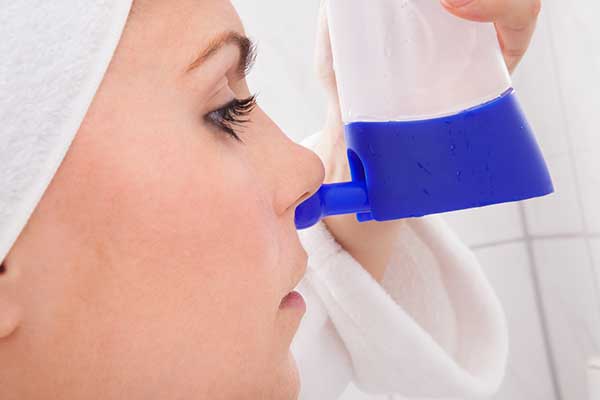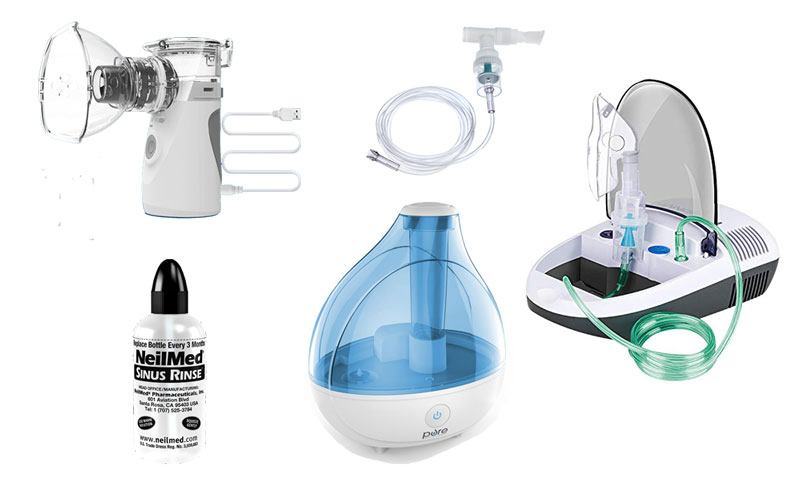Amy Baxter, MD, says "NASAL irrigation may be the best way to treat positive Coronavirus Patients." - "In short, regular flushing of one's sinuses in the manner described above could be an effective way to keep the COVID-19 contagion from building up and entering your lungs and causing potentially fatal respiratory problems." - Article
Amy BaxterMD / CEO 
"As I hope you will eventually experience, the treatment works for all acute viral infections, and especially well for flu viruses of any variety. In fact, although we are constantly conditioned to not believing anything quoted too good to be true," you will never have to worry about getting a cold or the flu again because you can cure on your own..." - Article
Cheng Integrative Health CenterPosted March 21, 2020 by Dr. Cheng 
"Patients performing preventive saline nasal irrigation reported significantly fewer infections, shorter symptom duration, and fewer days with nasal symptoms compared with those who did not perform preventive nasal irrigation." - Article
Scientific ReportsNature.com 
"Can an inexpensive and easy to administer at-home treatment treat the novel coronavirus, SARS-CoV-2? According to Dr. Thomas Levy,1 the answer is yes. The remedy in question is hydrogen peroxide, aerosolized in any standard nebulizer"... - Article
Analysis by Dr. Joseph MercolaMercola.com 



